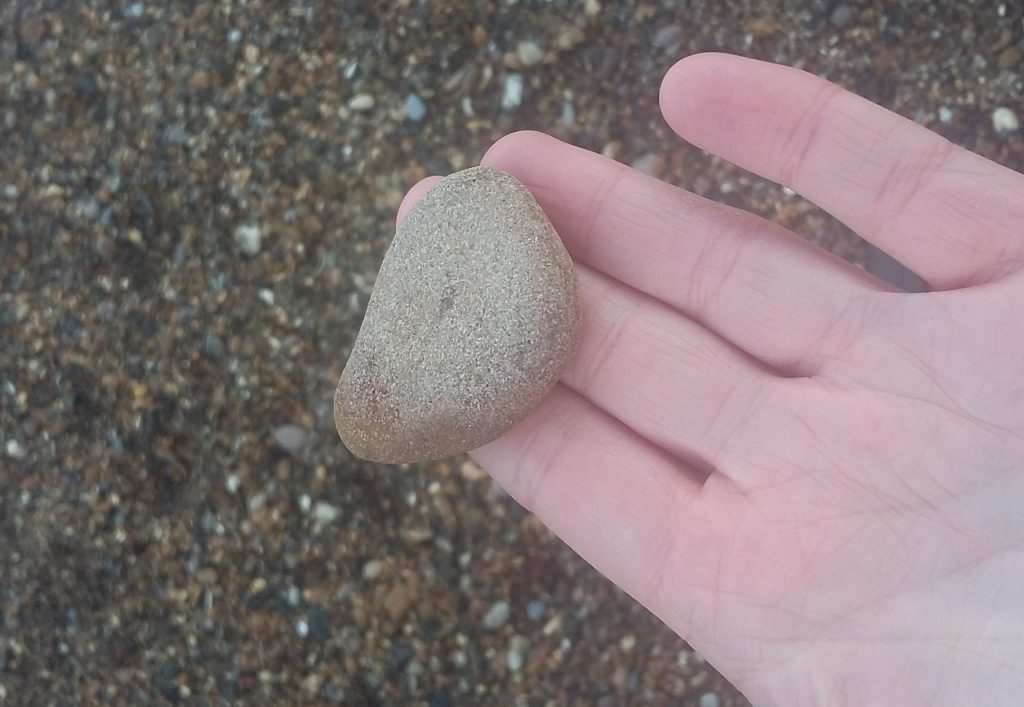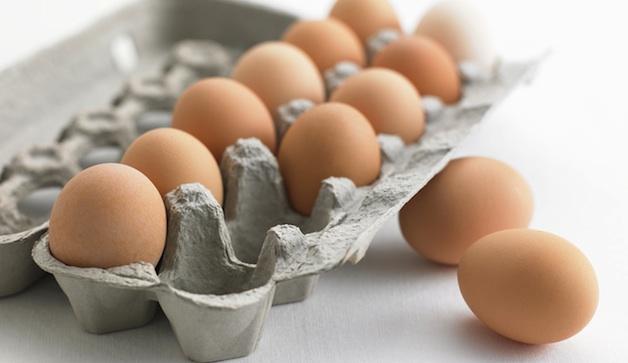For the week’s science demonstration, you will need a metal mug or screw, a pencil and string.

- Tie one end of your string onto the handle of the mug and the other to your bolt.
- Hold onto the screw and pick up your pencil with your other hand.
- Lift up the string with the pencil and hold it about half way along the string, on the same level as the screw, allowing the cup hang down.
What do you think will happen from this position if you let go off the screw?
You may think that the cup will simply fall to the floor due to the pull of gravity and the string will pull the screw along, leaving you holding a pencil mid-air.
In reality, nothing (hopefully) hits the floor. You are right in thinking, gravity wants to pull the cup down, but it also wants to pull the screw down too. As the cup begins to drop it pulls the string, pulling the screw in towards the pencil, as the screw is being pulled from two directions it ends up swinging towards them. As it has a bit of weight behind it, it builds up enough momentum to go around the pencil a few times, wrapping the string around it.
So now the string is wrapped around the pencil and the cup still hasn’t dropped. If you try to pull the screw now, you’ll see why. It’s difficult to move the string. This is due to the force of friction. Friction is a force that occurs between two objects, it is the resistance that occurs when they move over each other. As the string is wrapped around the pencil a few times, there is a larger area of string touching the pencil, so a greater force of friction. This keeps the string in place to stop it sliding off, allowing the cup to hit the floor.
Try this out with your family and friends, see if you they can guess it correctly!



